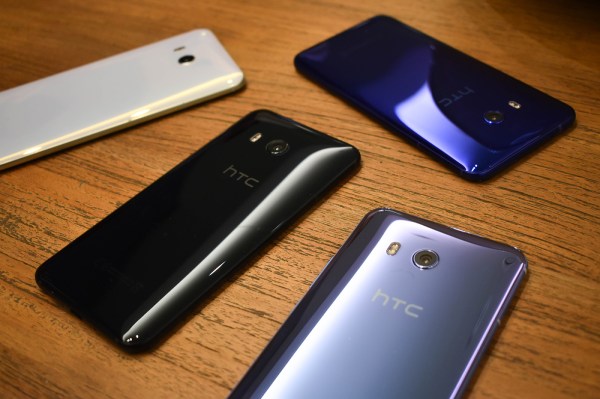You can’t really blame HTC for embracing a gimmick. A rough couple of years for the smartphone maker warrants some experimentation to help set its devices apart from myriad other Android manufacturers. Edge Sense, sadly, however, is not going to be that technology. The company teased the handset’s squeezable sides in a handful of short web videos, and now that the U 11 has been officially unveiled, we can confirm that the flagship’s most compelling feature isn’t really all that compelling in its current form.
The feature uses sensors built into the sides of the phone to detect pressure as the user squeezes the phone. At present, actual applications for the tech mean that it essentially doubles as something akin to the convenience key that BlackBerry has sported for ages. Basically, you assign functionality to it, so it can, say, launch your favorite app.
In a briefing ahead of this morning’s launch in Taiwan, VP of Product Planning, Nigel Newby-House suggested that this is just the first glimpse into future functionality for Edge Sense — and certainly there’s a lot to be done with a new set of on-board sensors. As it stands, however, Edge Sense is really much more than a glorified button with the addition of an actual new physical button like Samsung did with the devoted Bixby key on the S8.
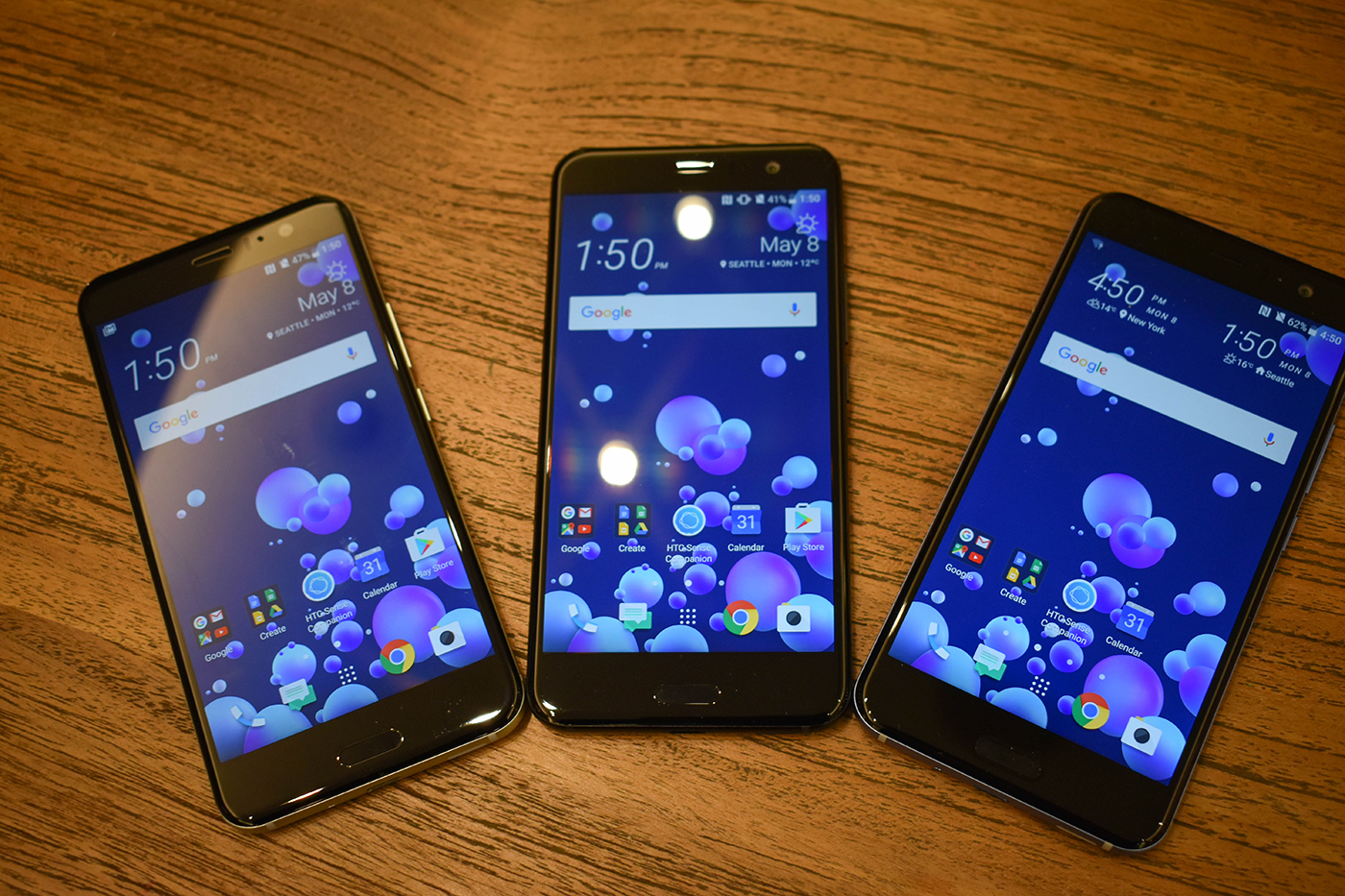
It probably speaks a bit to the unfulfilled promise of the feature that Newby-House opted not to lead with this feature in our conversation. Most of the talk about the device centered around design decision. And it’s true — the U11 is a good-looking phone, borrowing some cues from the recently announced Ultra. In fact, the company seems to consider the Ultra something of a dry run for the new flagship — or at the very least, a way of introducing the new product line and design language. Probably something you don’t want to hear if you shelled out the $750 for the handset in the last couple of months.
The company calls it Liquid Design — a nod to the curvature and the notion that dipping it in liquid would fill in the sorts of gaps you usually get when two different surfaces are juxtaposed. Not the most straightforward idea, but it sounds nice, so fine. And while it looks pretty good, as well, it’s not exactly unique, bringing to mind other flagships like the S8, particularly given the use of a reflective metallic paint job.
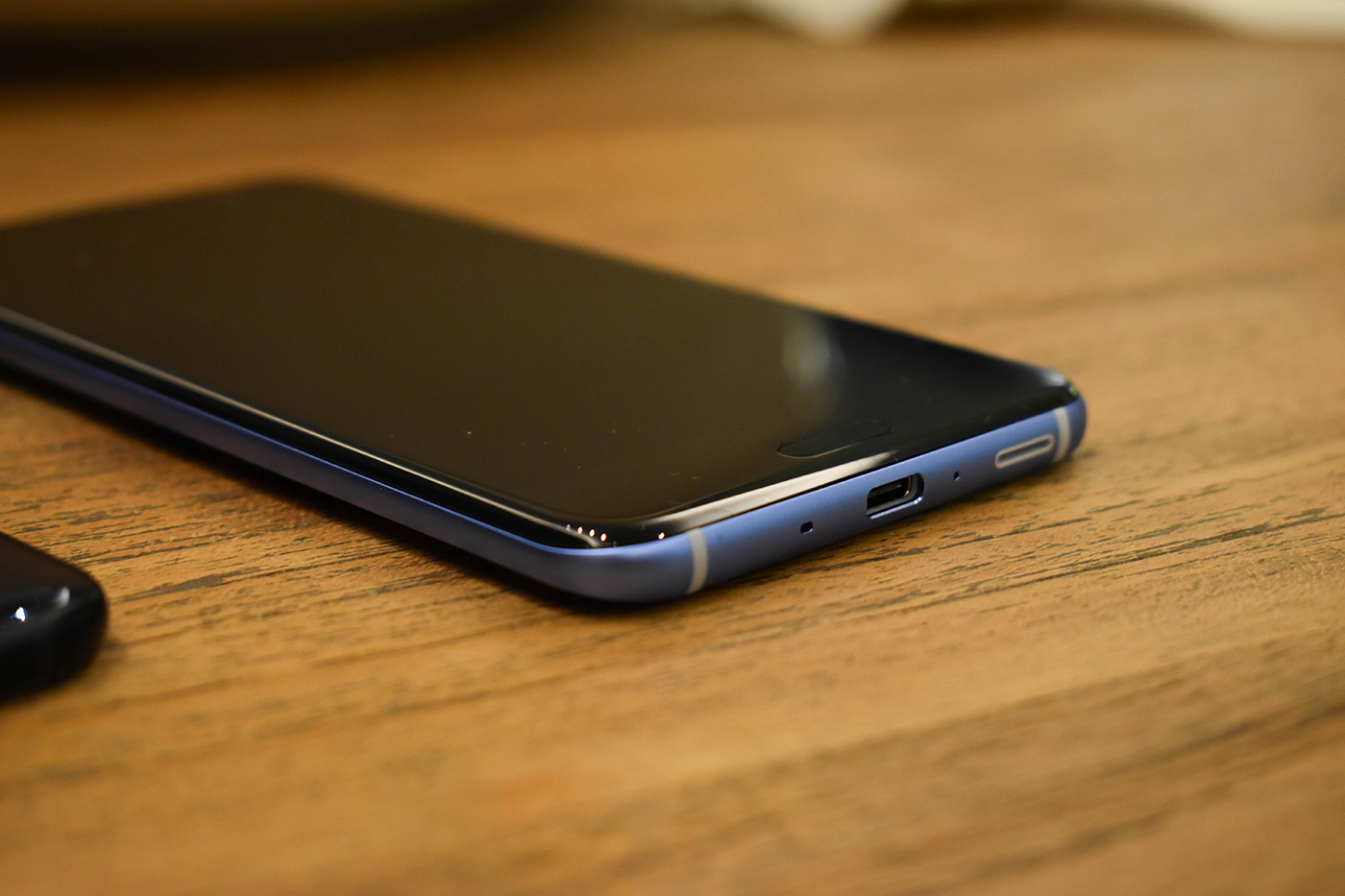
The screen is 5.5-inches, the same size you’ll get on the iPhone 7 Plus. The company says it flirted with the idea of switching up the aspect ratio like LG and Samsung have with their newest flagships (and, according to rumors, like Apple is planning on the 8), but opted to stick with 16:9 for “software reasons” — in other words, it didn’t want to deal with having to rejigger everything on that end. That said, it’s still entertaining the possibility of jumping on the tall phone ship for future devices.
The company has already been on the anti-headphone jack train for a little bit. The Ultra found the company planting its flag on that beach. “The headphone jack is going away,” Newby-House told me matter-of-factly. “Let’s just get on with it.” Of course, not everyone concurs, and other companies haven’t aligned themselves with Apple as quickly as many analysts expected. Even Motorola, which joined the part with the Moto Z, appears as if it’s regretting that move.
That said, the company is still committed as ever to audio — a welcome change from most companies, for whom audio is a fifth- or sixth-tier priority. The phone features a new version BoomSound, one of the better audio systems presently on handsets — though, weirdly, the company opted against dual front-facing speakers in order to accommodate a fingerprint sensor, even as more and more companies are moving biometrics to the back of the device. The phone also ships with company’s proprietary USonic earbuds, which sport active noise canceling.
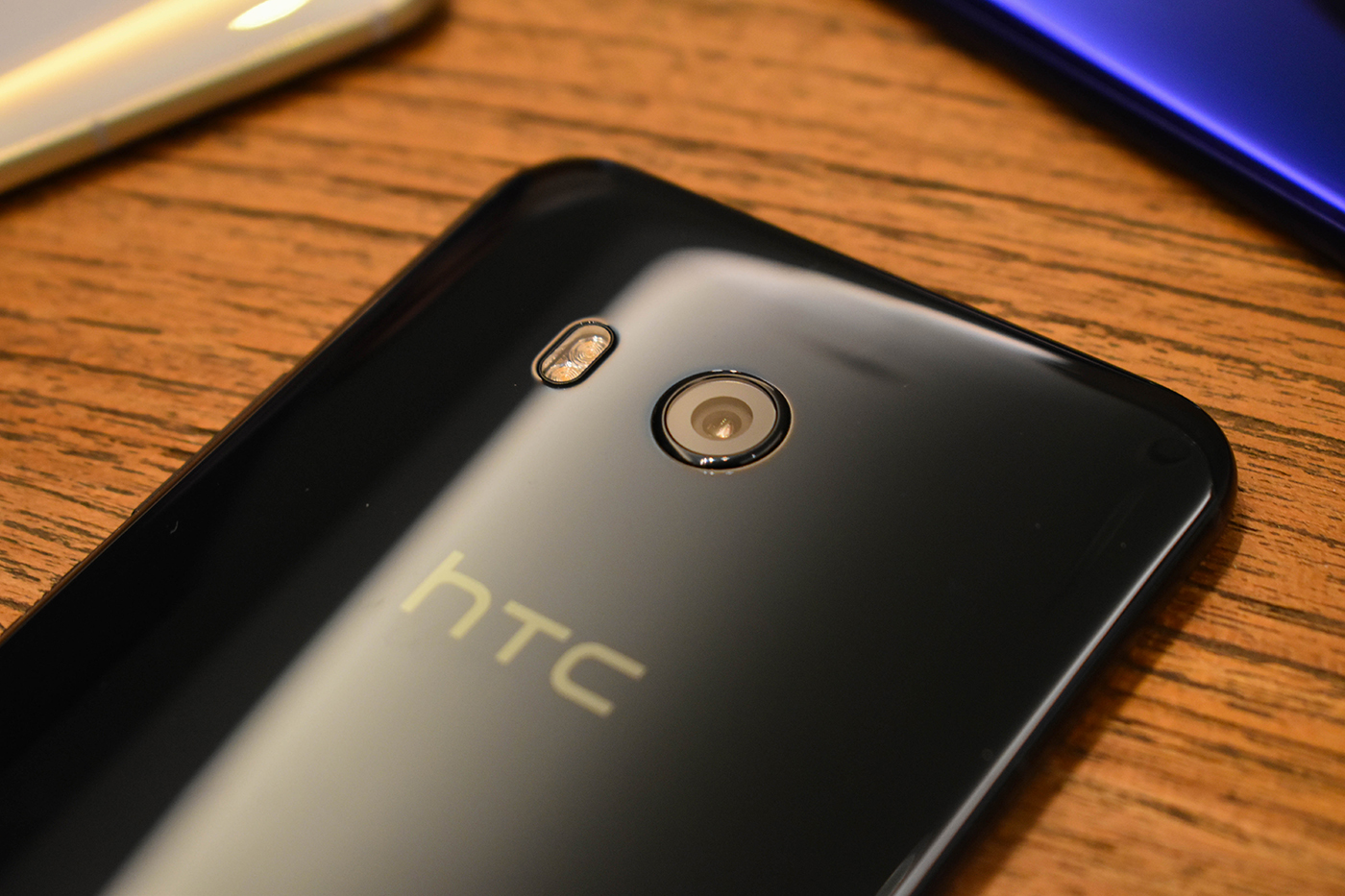
The most interesting piece of the audio puzzle, however, is the fact that there are four microphones in the handset. This is largely based on a newfound interest in other people’s smart assistants (though it’s got some positive implication for video recording, as well). HTC has worked directly with Qualcomm to design a device capable of responding to two different wake words for two different assistants — neither of which are the in-house one it announced along with the Ultra.
Instead, the company is embracing both Assistant and Alexa. The company says it sees advantages to both and doesn’t want to play favorites. Fair enough. There’s certainly a lot to be said for putting the ultimate decision in the hands of the user. That said, this doesn’t seem to bode well for the company’s faith in its own Sense Companion. And while it says this doesn’t preclude it from going full-on Bixby in the future, it currently views its own play as more of a supplement to Assistant and Alexa.
“We’ve never envisioned Companion as a wake word-type assistant,” says Newby-House. The company is more focused on using it to enhance its own software offerings, likely because it simply isn’t robust enough to be considered a standalone. That said, the company’s getting pretty close to a shit-or-get-off-the-pot moment here. The whole idea of a smart assistant has created a single unified experience — having an assistant designed to work with other assistants kind of flies in the face of all of that.
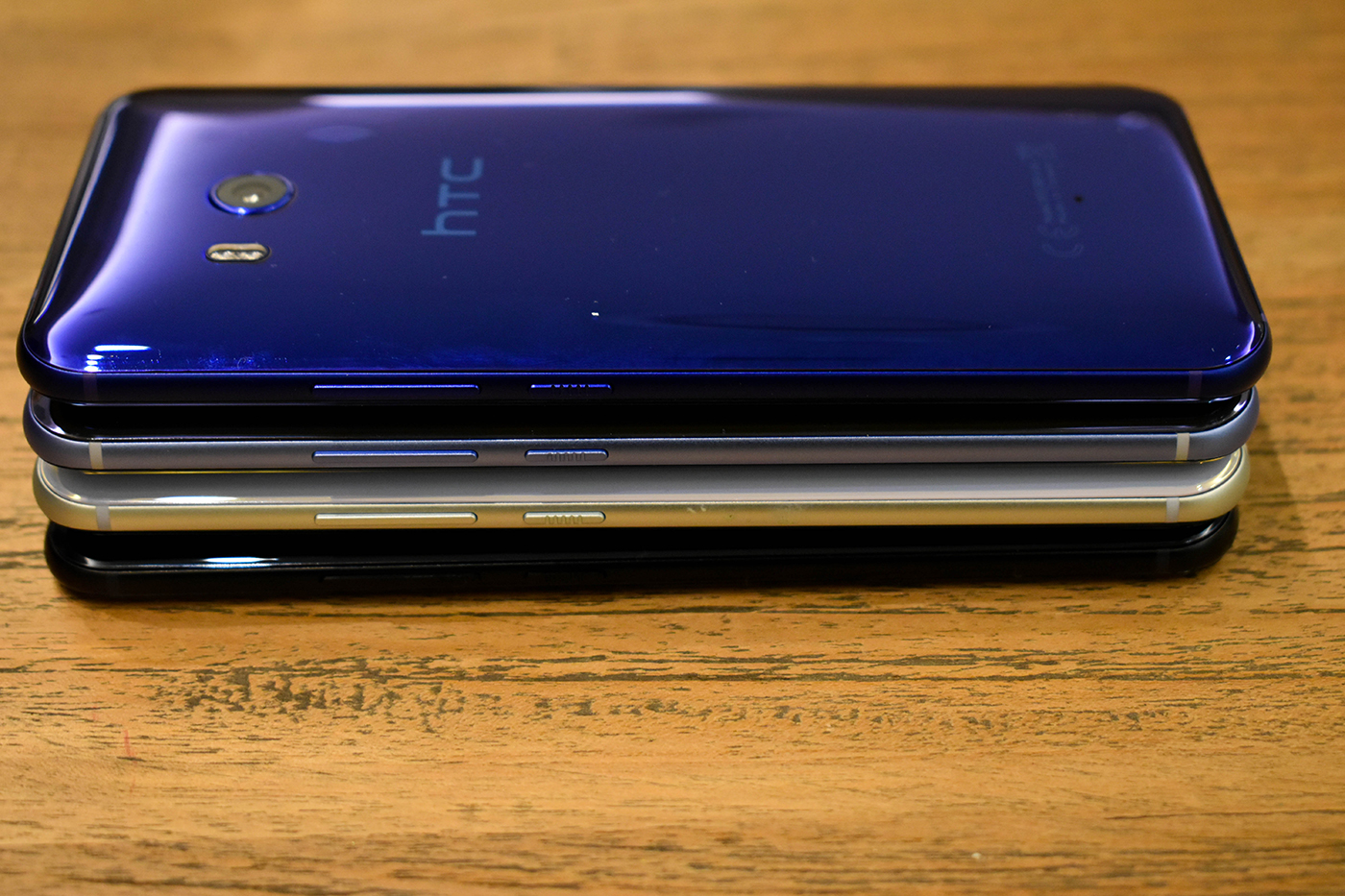
Oh, and Alexa isn’t shipping with the device out of the box. The company says the functionality should arrive within a month. This is kind of par for the course, at this point. Huawei ran up against a similar roadblock. Part of the issue is the fact that companies have to work directly with Amazon to customize the experience. When it does arrive, it will be in the form of an over-the-air update. It will also be in the box for devices later.
When that functionality does arrive, however, it will bring more traditional functionality. Calling, texting and the like will come down the road.
